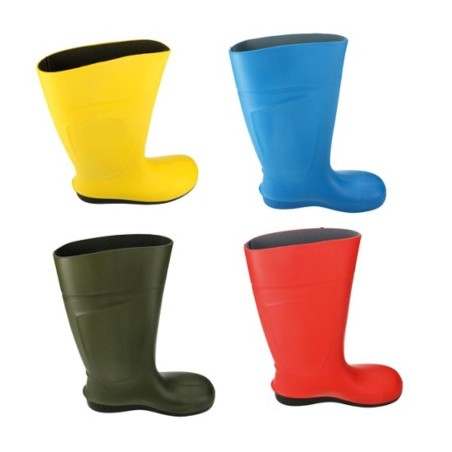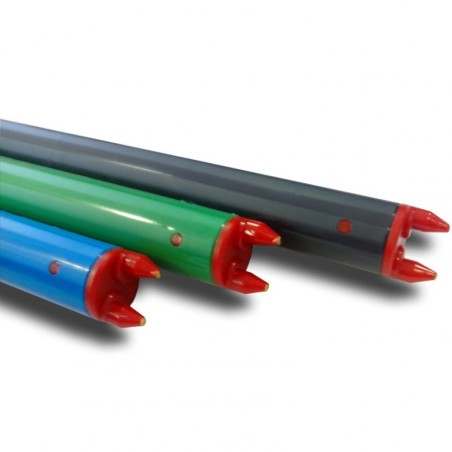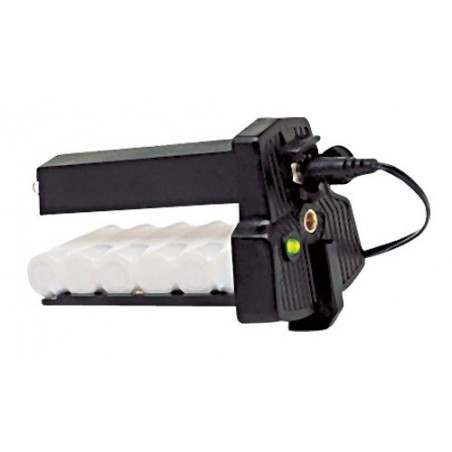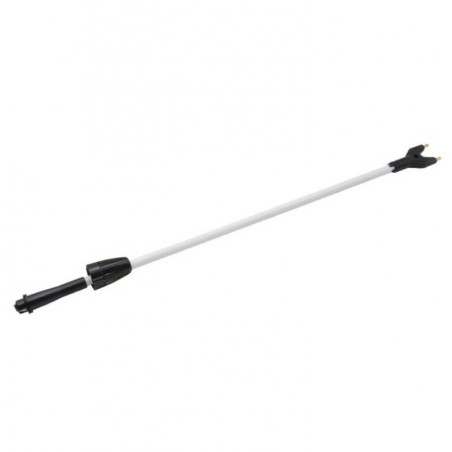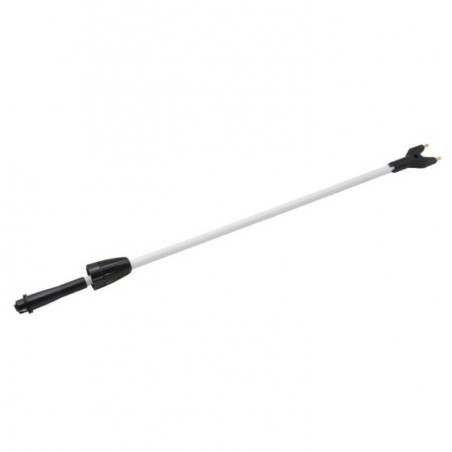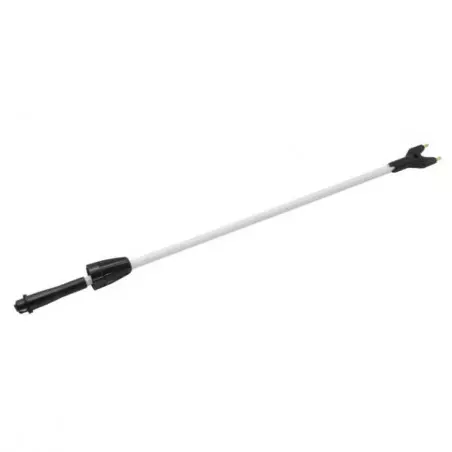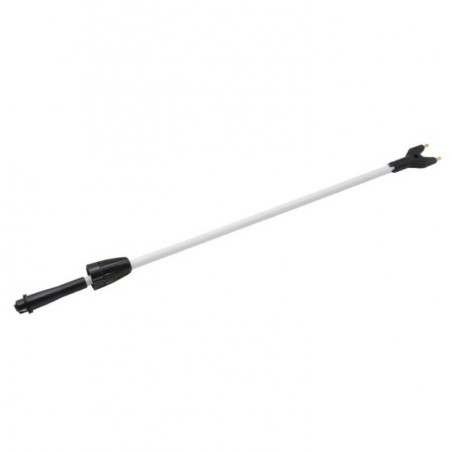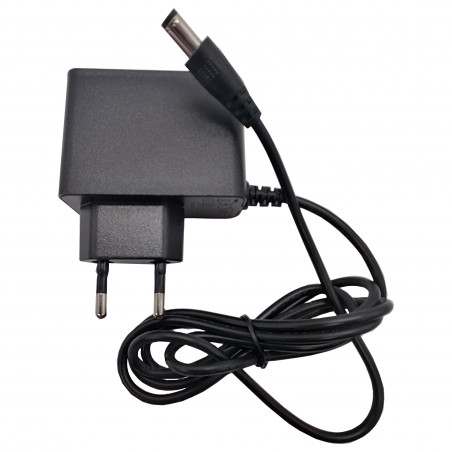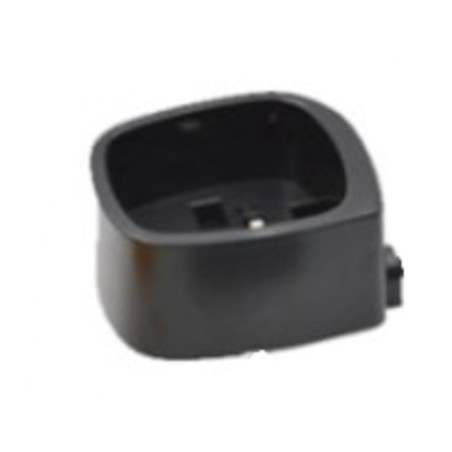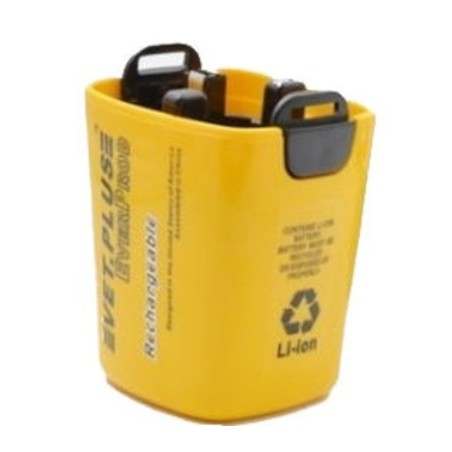The loading bay
There is no doubt that transport trucks imply a high risk, both due to the truck itself and due to the footwear and clothing of the driver. Ideally, there should be at least two different loading bays according to their health risk- one for piglet loads and the other for slaughterhouse loads.

Ruíz defines how a biosecure loading bay should be designed: As far away as possible from the barn gate and divided by a half fence in the upper side which allows animals to pass underneath but not people (Figure 1).
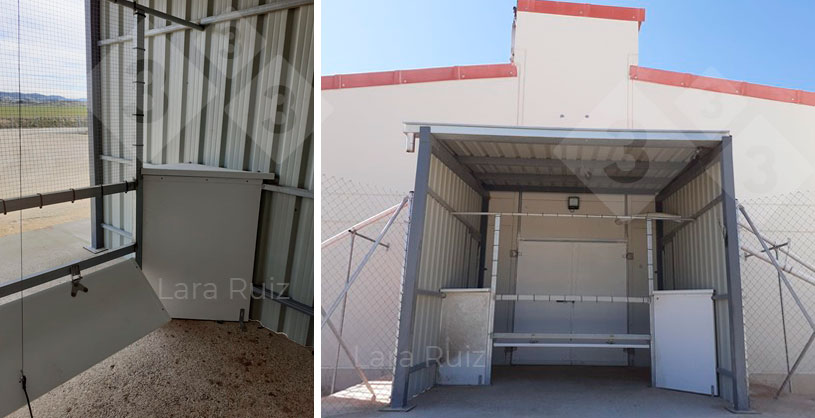
Figure 1. Loading bays with separating fence to allow only animals to pass through to the dirty area. LR considers leaving a small gap or window to be an interesting detail, since we must not forget that delivery notes, transport documents, etc., have to be exchanged with the carrier. Photo courtesy of Lara Ruiz.
The design of the loading bay gate is also key. The bottom gate must open in a way that helps push the animals out and prevents them from coming back inside. In Ruíz's opinion, the best ones are the vertical drop gates operated by the truck driver
Casanovas believes it is essential to have a double gate. The first one close to the farm, and the other one separated enough to accommodate the number of animals that fit in the lorry´s lift (Figure 2), practically speaking, about 3 to 3.5 meters between the two gates. This area between gates is a dirty area.
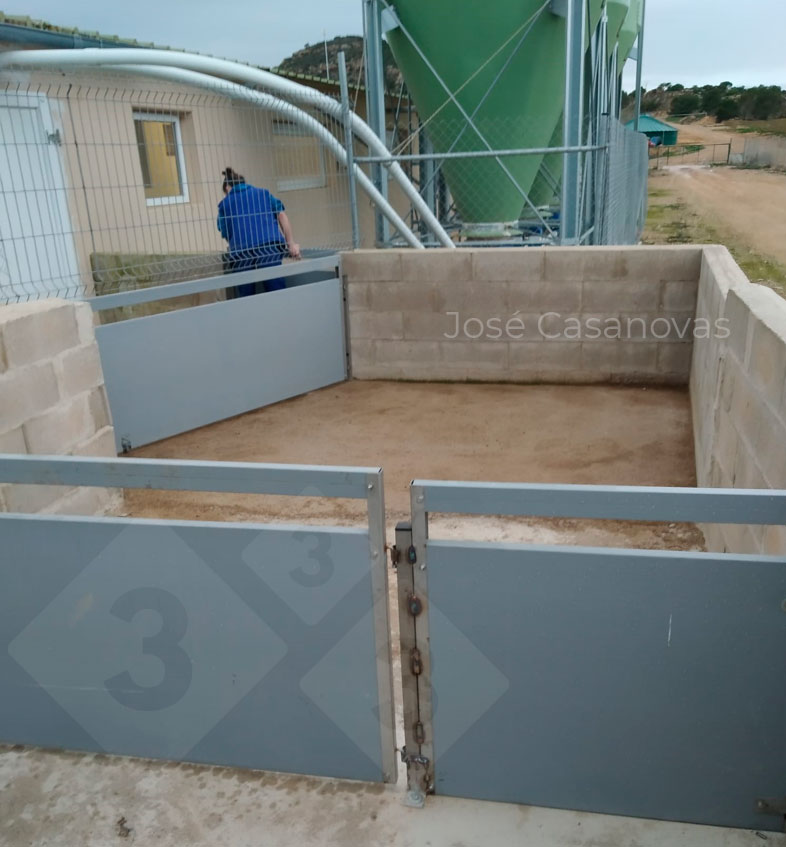
Figure 2. Area between gates with capacity to place all piglets that fit in the truck lift at the same time. This area is after the biosecurity fence and is therefore a dirty area. Photo courtesy of José Casanovas.
Another important point is that there should be a slope towards the dirty area, so that the debris go out when washing.
Ruíz adds that, although it is not common, the loading bays should be covered, to facilitate the work when it rains. Casanovas takes it a step further. Shouldn't we have a changing room so that drivers can put on clothes provided by the farm?
Material entry
A lot of miscellaneous material enters a farm: medicine boxes, feed bags, drying powder, tools and material for maintenance and repairs, etc. Experience shows that repair materials that are moved from one farm to another are especially high-risk.
How does this material get in? Many farms opt to use disinfectant spray, but Casanovas sees this as a clear example of a "fake friend", which gives the impression of doing something even though all these disinfectants require a waiting time which is not observed.
The two authors explain that it is important to design decontamination rooms with access from the clean and dirty areas, where the material is disinfected using ozone, aerosol disinfectants, or ultraviolet lamps. Three steps are necessary: the first is to saturate the environment with disinfectant, the second to give enough time to let it act, and the third is to eliminate it from the environment. Logically, this works for programmed or non-urgent material entries.
Table 1 shows the characteristics of the different systems:
| Ozone | Aerosol | Ultraviolet | |
|---|---|---|---|
| Application time | Yes | Yes | No |
| Acting time | Yes | Yes | Yes, short |
| Ventilation time | No | Yes | No |
In many cases, a timer is used to activate the system at night to disinfect all the material brought in during the day.
For small and urgent material that cannot wait, ultraviolet chambers that do not require waiting time can be used (Figure 3). The ultraviolet must strike directly since it does not act on areas protected from light, so the material must be turned over and the process allowed to act again.
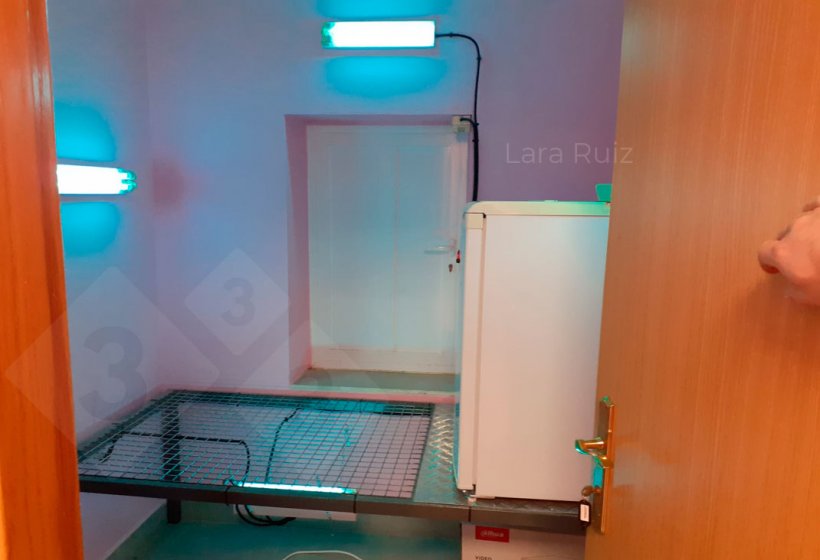
Figure 3. Ultraviolet room for entry of small materials. In this case this room is also used to hold the semen reception refrigerator from the outside. Photo courtesy of Lara Ruiz.
For the entry of semen, it is increasingly more common to use windows that open to the outside and allow the delivery person to access the receiving cooler without entering the farm. It is also recommended to use double packaging, so that the packaging that has been in contact with the transport does not enter.
Carcass disposal
In recent years, there has been an increase in the number of commercial carcass disposal systems available.
Casanovas has no doubts that if we order them from most to least biosecure, the 3 options are: incineration (Figure 4), hydrolysis tanks, and finally containers with conventional collection.
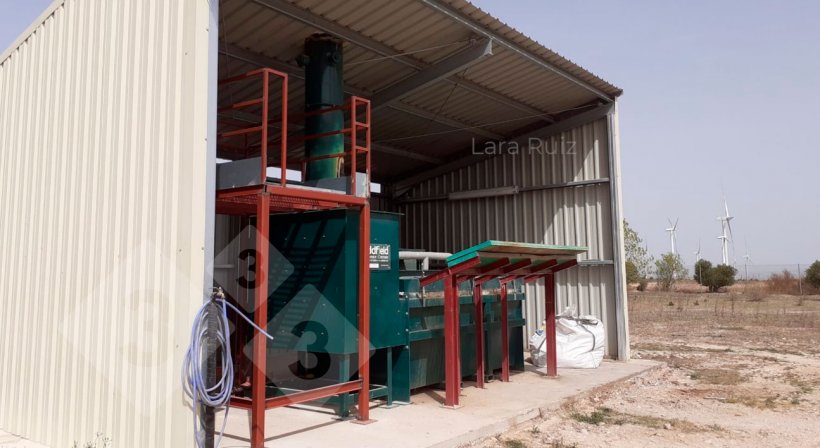
Figure 4. Incinerators are the most biosecure method of carcass removal, although due to their cost, they are currently only suitable for large farms, possibly on sow farms with more than 2,500 sows. Photo courtesy of Lara Ruiz.
Hydrolysis containers are a good alternative because they greatly reduce the frequency of trips, and the truck always comes clean and leaves you with a clean container that is not exchanged with other farms, although it must be taken into account that the efficiency of the system is not the same in winter as in summer.
If the collection is individual, it is essential that the access to deposit the carcasses is different from the one used by the transporter to collect (Figure 5). It is also important to wash and disinfect this area, especially the containers.
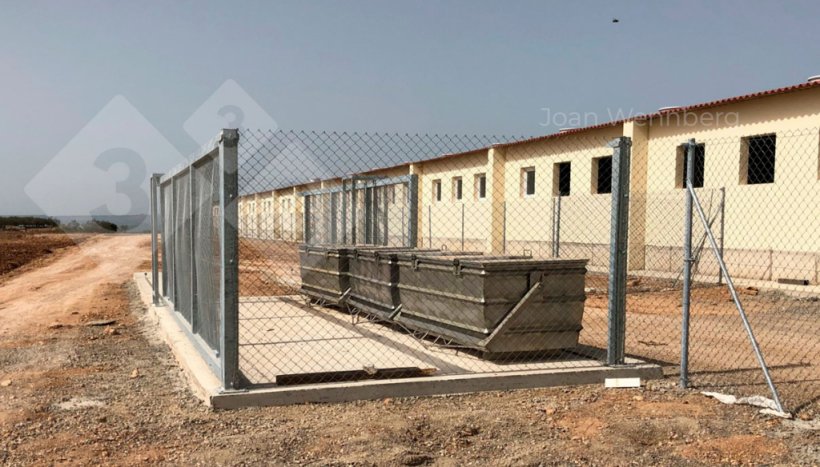
Figure 5. Carcass disposal containers with differentiated access for depositing carcasses and collecting carcasses. Photo courtesy of Joan Wennberg.
Internal biosecurity
Ruíz points out that, for new farms, it is very important to design the barns in such a way that the staff access to the gestation and farrowing areas from the changing room is independent, thus preventing the passage of gestation staff through the farrowing area.
Another important aspect is to separate the farrowing batches as much as possible. The ideal situation would be to have different corridors for the different weekly batches and, in order to be able to do all-in all-out, relatively small rooms to divide each weekly batch by 2 or 3 rooms.
Casanovas points out other details to take into account:
- A washing area must be provided for sows before they enter farrowing.
- Hand washing sinks distributed throughout the different areas of the farm. "Frequent hand washing is one of the basics of internal biosecurity, but it must be accessible to personnel in order to do it properly."
- He ends by explaining the importance of controlling and monitoring cleaning and disinfection (Figure 6). In this context, cleaning robots are becoming an important piece of equipment on farms due to simplification and, above all, regularity of the cleaning process.
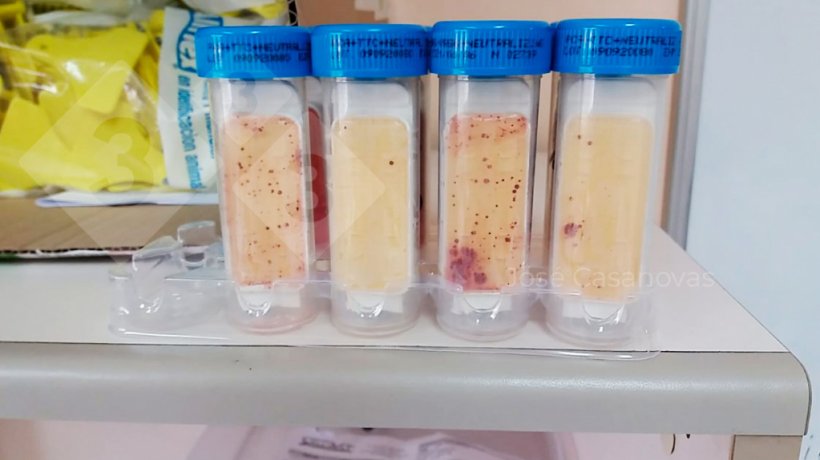
Figure 6. Contact slides used to monitor hygiene after washing and disinfection in farrowing, weaning, and transport rooms. Photo courtesy of Jose Casanovas.




